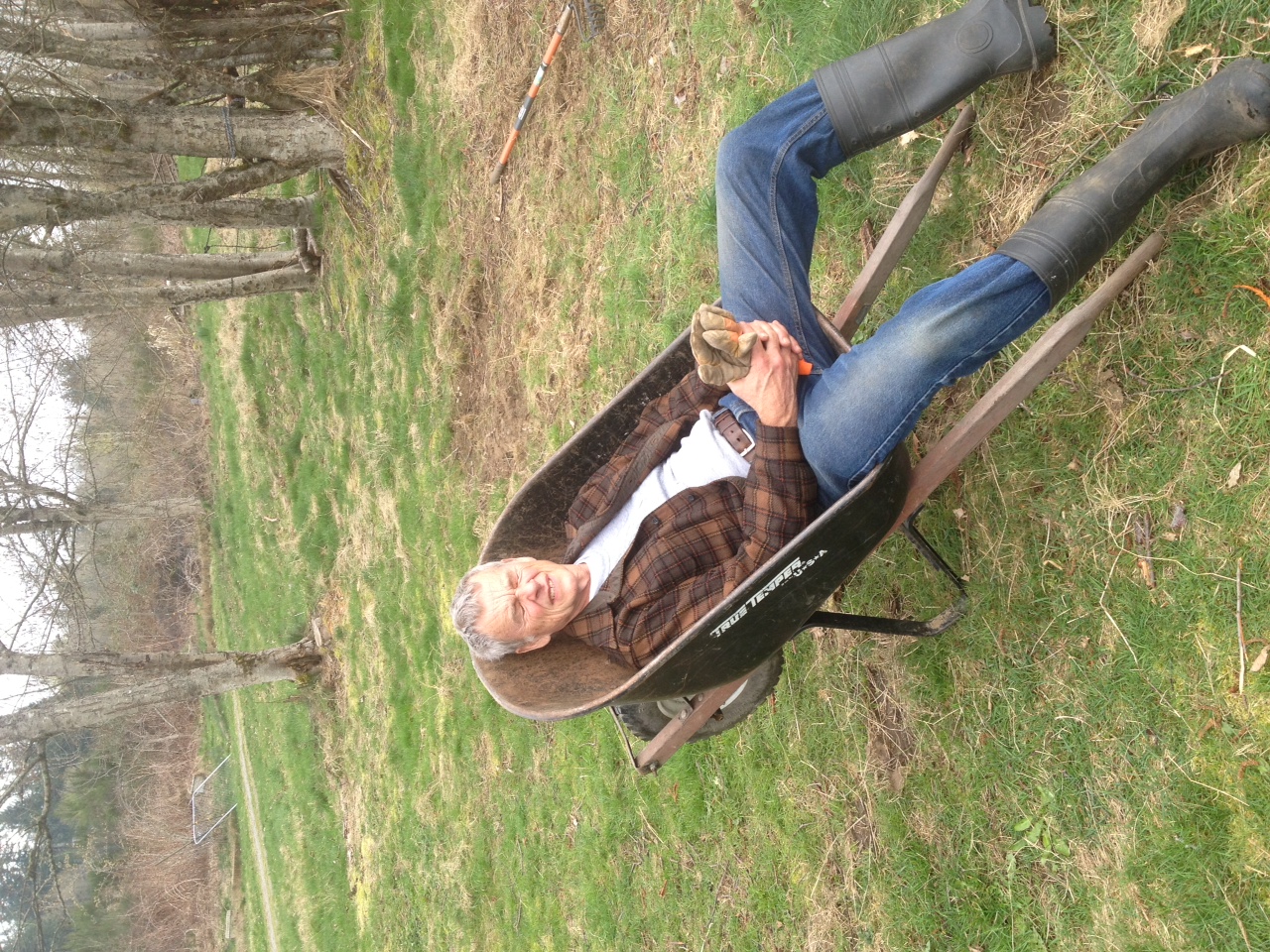Braking Momentum
- Ken Campbell

- Mar 3, 2022
- 3 min read
Updated: Nov 16, 2022

A Trumpeter Swan is a very large bird; even larger than an eagle. Like an airplane, such a big bird needs to be in motion to be in the air; consequently, it needs a runway to get up enough speed for taking off and a runway to brake its momentum as it comes in for a landing. In early February, we witnessed Trumpeter swan takeoffs and landings when we went north from the farm over into the nearby Snoqualmie River Valley to observe winter waterfowl. This valley is well known for being one of the few wintering grounds for the exotic and, until recently, rare Trumpeter. It also accommodates the Trumpeter’s smaller cousin, the Tundra Swan, as well as ducks and geese of all stripes.
It was foggy and cold in the valley but there was just enough clearing so that we could see into the fields. We found small flocks of swans out in the fields but they were too far away from the road and too obscured by the fog to allow pictures. However as the fog lifted, we found a flock of a dozen or so birds in a grass field across the road from the parking lot at Crescent Lake. These birds were in plain view. Small groups of swans were in the air calling and looking for a place to set down. Our small flock attracted some of these air-borne birds and they sought to join our birds in the field.
I was set up with my camera on a tripod where I had a good vantage point for photos of new birds as they arrived and joined the flock. Unfortunately, the reflection off the LCD viewfinder made it impossible to clearly visualize the action in the photo field. As birds arrived, I pushed the shutter button according to my best guess of when the landing act was most photogenic.
When we got home that afternoon, I reviewed the pictures I obtained from my guesswork photography. To my surprise, there were some pretty good pictures in the collection. One picture, in particular, stood out, not because of its technical or artistic qualities but because it captured a significant moment in a landing, a moment that illuminates the physics that a big bird must contend with when it lands – the bird needs to brake its momentum as it comes to a stop.
The swan in the picture had just glided in and touched down. The swan’s wings are fully extended to their entire 7-foot span. The primary flight feathers at the end of the wings are bent back indicating that the wings are exerting force on the air in front of the bird, just like the flaps on an airplane wing as it lands. The swan’s left foot is stepping forward to catch and abbreviate forward motion, just as you would do if you were thrust forward and did not want to fall. Through the action of the wings and feet, the bird’s forward momentum was effectively dissipated and it soon came to a stop; it had landed.
We don’t have swans on the farm although earlier, this fall, Jean sighted a flock that flew low overhead on their way north; probably en route to the Snoqualmie River Valley. Like the migrating salmon in the local rivers, the nearby presence of migrating swans lends a dimension to the farm’s bio-richness. Even though the purpose of migration in the salmon is for reproduction while the purpose in the swan is for winter survival, they both represent dramatic movements of living things from distant and exotic places into our local habitat. Both migrations contribute to the farm’s ambiance and, in so doing, enrich its livability for a person who takes his pleasures from the natural world that surrounds him.






Comments